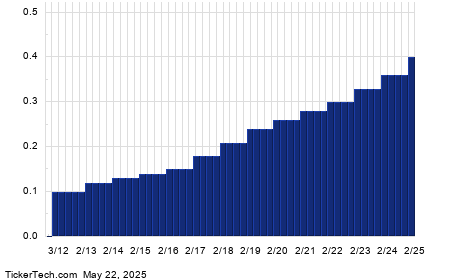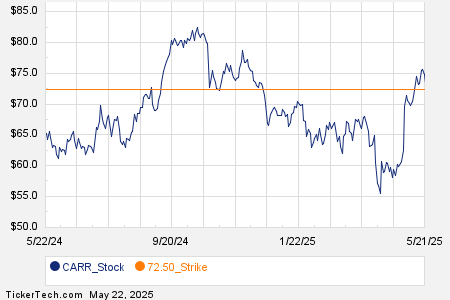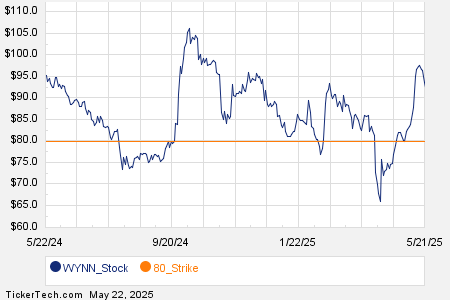
Image source: lamyai/iStock via Getty Images
On Thursday, U.S. corn and soybean futures plunged to their lowest level in over three years as the government’s forecast for high production and ending stocks across grains sent agricultural futures into a tailspin.
During the annual Agricultural Outlook Forum, the U.S. Department of Agriculture painted a gloomy picture, predicting a 17% rise in domestic corn stocks to a whopping 2.53 billion bushels by the end of the 2024-25 marketing year – the most substantial upsurge since 1987-88. Additionally, the forecast for soybean ending stocks was equally bleak, with a projected 38% surge to 435 million bushels by the close of the 2024-25 marketing year – the highest since 2019-20.
Analyst consensus estimates had indicated 2024-25 U.S. corn stocks at 2.59 billion bushels and soybean stocks at 411 million bushels, rendering the USDA’s projections even direr than expected.
The anticipated weaker Chinese demand for exports due to economic concerns is expected to dent the demand for U.S. crops, pitting them against stronger South American competition, as commented by the USDA’s Seth Meyer at the forum.
CBOT corn (C_1:COM) for March delivery closed down by 1.5% to $4.17 3/4 per bushel, while March soybeans (S_1:COM) finished 0.6% lower at $11.63 per bushel, with both touching their lowest levels since December 2020.
CBOT wheat futures (W_1:COM) incurred the most significant blow, with the March contract ending 3.4% lower at $5.65 1/2 per bushel, hitting the lowest point since last November, as pressures were exacerbated by Russia’s pricing strategies on world exports.
Notable ETFs affected by this downturn include (NYSEARCA:CORN), (NYSEARCA:SOYB), (NYSEARCA:WEAT), (DBA), and (MOO).
“Many of these markets are oversold, with managed money holding massive short positions,” StoneX chief commodities economist Arlan Suderman expressed to Reuters. “Thus far there isn’t a headline to create concern among these money managers to cause them to change their positions.”




